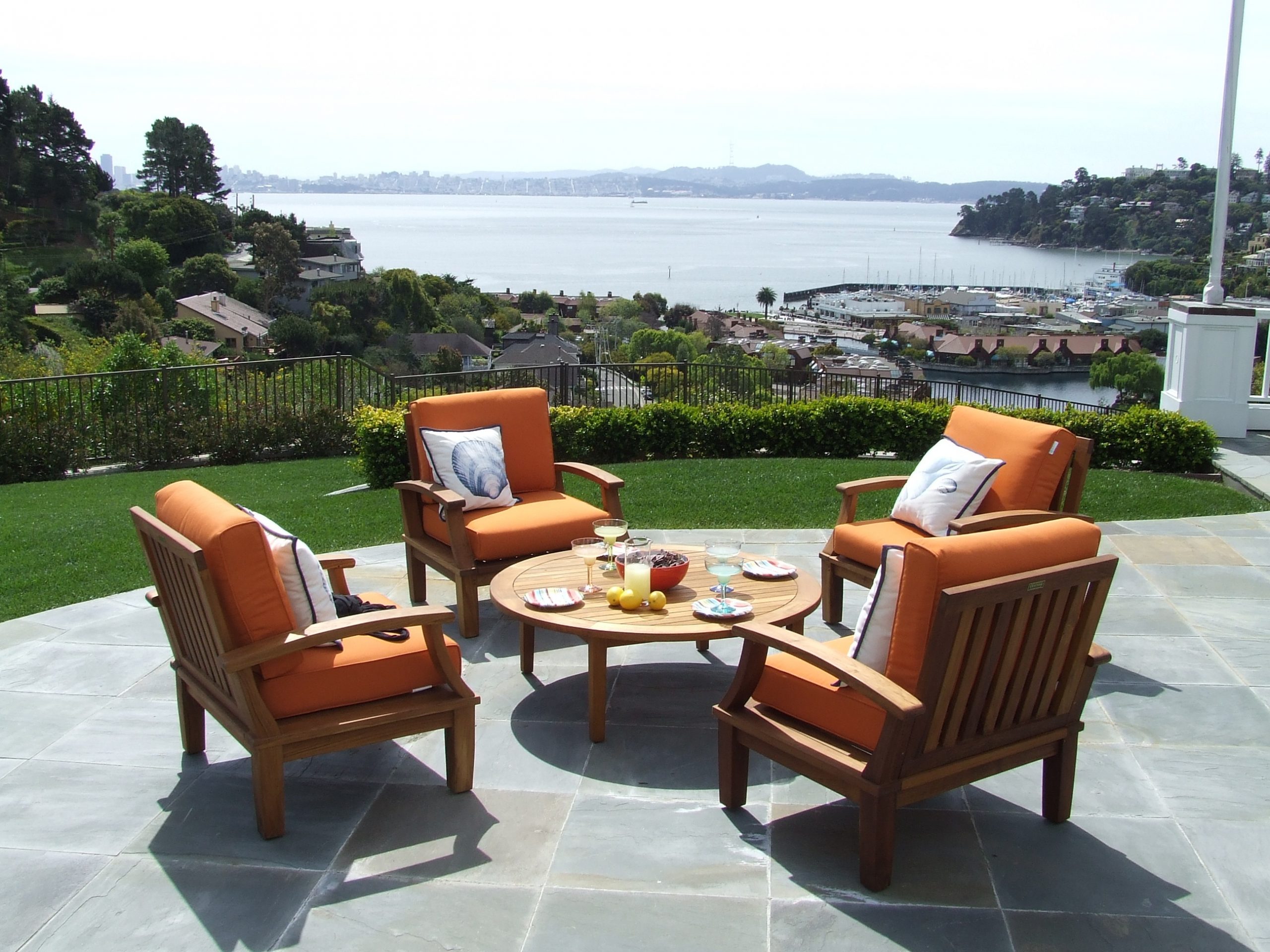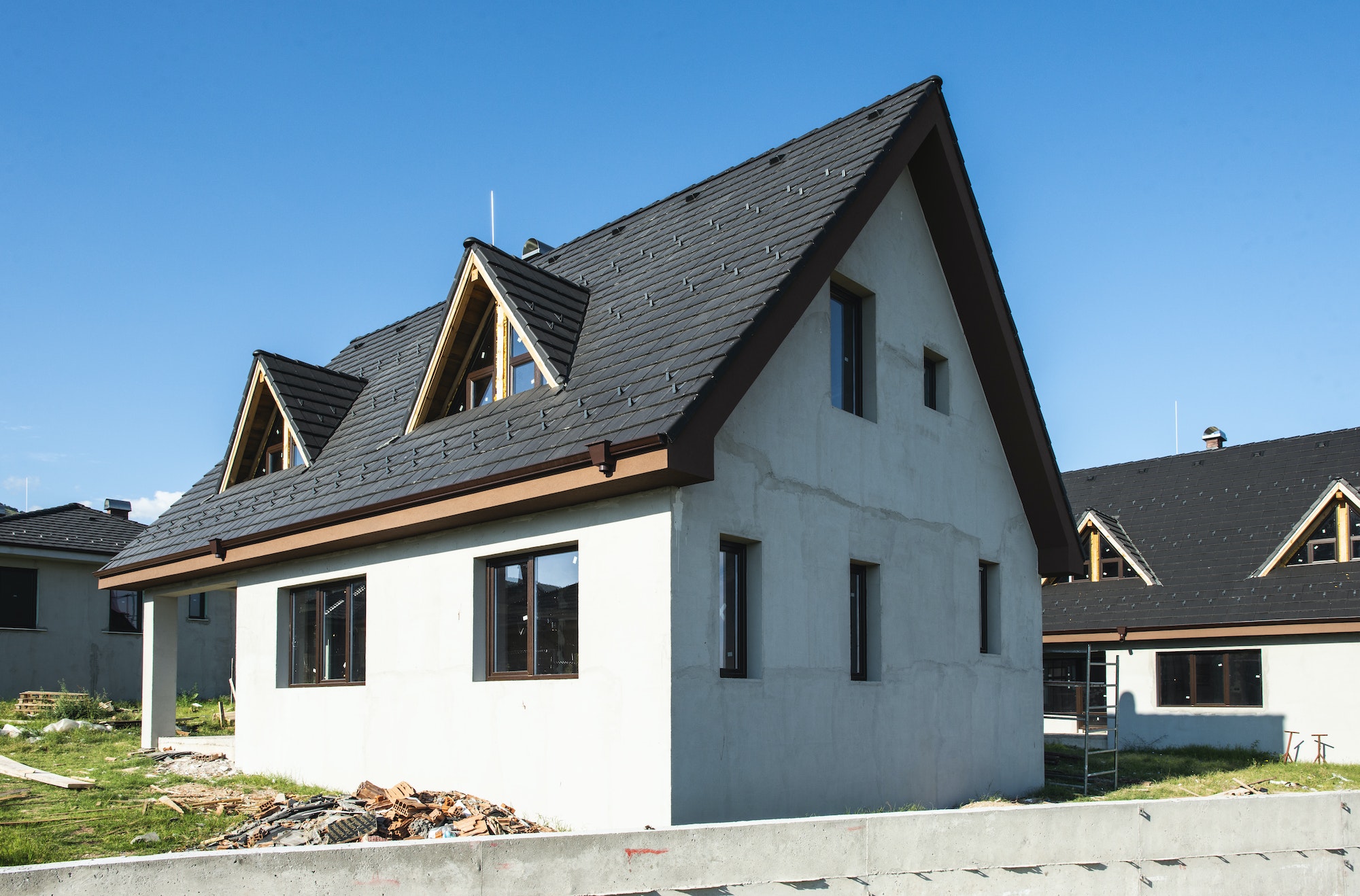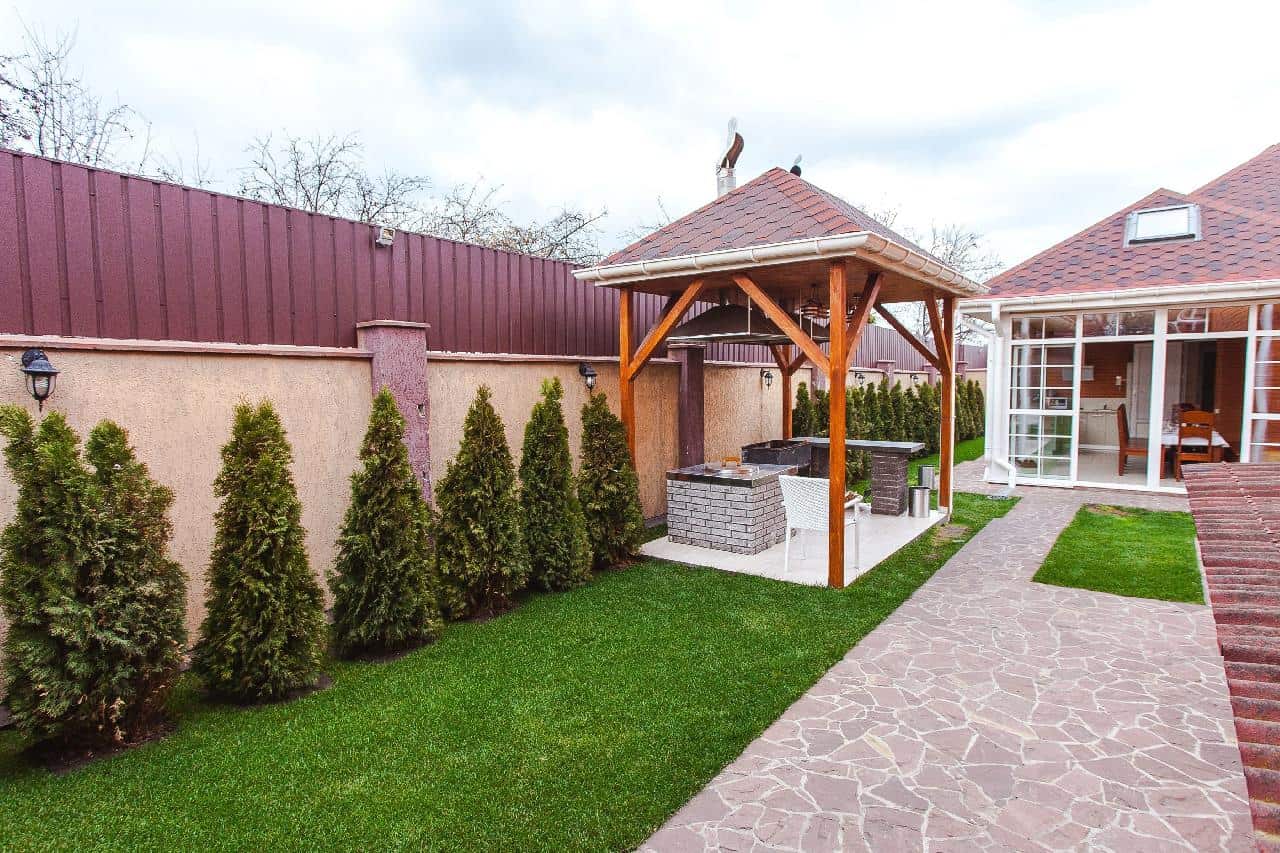One of the biggest issues in architectural planning is the 15-minute city. Many corporations and government agencies are pushing the idea of planned communities, but the concept is still in the early stages and has its share of detractors. However, in towns where all goods and services are never more than a 15-minute drive away, there are multiple benefits, like less energy usage, less congestion, and cleaner air. Business owners are particularly interested in the idea of smaller, planned communities for several reasons. Not only would 15-minute towns mean a complete reassessment of marketing and delivery, but there would be massive retooling and financing changes if the social experiment ever takes off.
People have an innate desire to wander and might balk at being confined in areas about the size of an average small town. For the transport industry, trends in construction and architecture and the cities would represent a challenge in a number of ways. Other issues that planners need to consider are the possible lack of privacy, how homeownership would be impacted, the effect on crime rates, and legal issues related to forcing citizens to reside in specified geographic zones. From both architectural and social perspectives, the following issues could play a major role in the potential success or failure of 15-minute cities.
The Human Need to Roam Free
One sign that the idea of 100% planned urban zones is unpopular is the large amount of criticism that has already erupted. Investors, lenders, economists, and real estate professionals have generally been against the idea. One of the most common complaints is that human beings are naturally inclined to wander from place to place during early adulthood. While it would likely be possible to relocate from one city to another in a 15-minute society, frequent moves by large numbers of individuals would defeat the purpose of the geographic regions, which is stable residency and consistent energy usage patterns. Some wonder about the legal standing of state or federal government officials to determine where free citizens reside.
Fleet Management For Electric Vehicles
Fleet managers in the transportation sector are keenly aware of logistics and the differing demands of operating in smaller cities. Today, the major concern among supervisors is figuring out how to find the best prices on EV (electric vehicle) charger costs, as prices are more stable to gas. Additionally, professionals in the transport industry have much to gain from learning how to do basic EV charger installation for their company’s fleets, understanding the ins and outs of charging networks, and more. Whether small urban residential zones become a reality or not, company leaders who use vehicles to deliver goods and services will need to acquire a familiarity with how to buy, maintain, and charge electric cars and trucks.
Lack Of Privacy
Because the new cities are meticulously planned and include a massive array of surveillance technology, there are several obvious concerns related to personal privacy. Everyone’s digital and energy footprint is part of the database, which means authorities could use the information to reprimand, fine, or otherwise discipline folks who use more electricity than their allotted amount. One of the foundations of the 15-minute town is the smart meter for homes. Everyone’s daily energy consumption is followed, logged, and monitored to make sure that they don’t use too much; however, that amount is defined by local authorities. Likewise, in small cities, it’s much easier for government officials to track and trace financial transactions, a situation that is in direct opposition to the concept of personal freedom.
Homeownership
One of the problems for city planners of the future is how homeownership would work. Now, individuals are free to buy and sell real estate whenever they please, regardless of whether they reside in the houses, rent them to others, or flip and renovate properties for a quick profit. Planned urban areas don’t allow for real estate speculation or the free buying and selling of property. When people are allowed to move wherever they wish and whenever they please, it’s nearly impossible to plan small cities or ban large ones.
Crime
Densely populated urban areas have much higher crime rates than rural spaces. The cities of the future have already run into criticism for their potential crime problems. If every town is the same size, and individuals can’t relocate, no one would be able to relocate to safer areas.
Discover more from Futurist Architecture
Subscribe to get the latest posts sent to your email.



